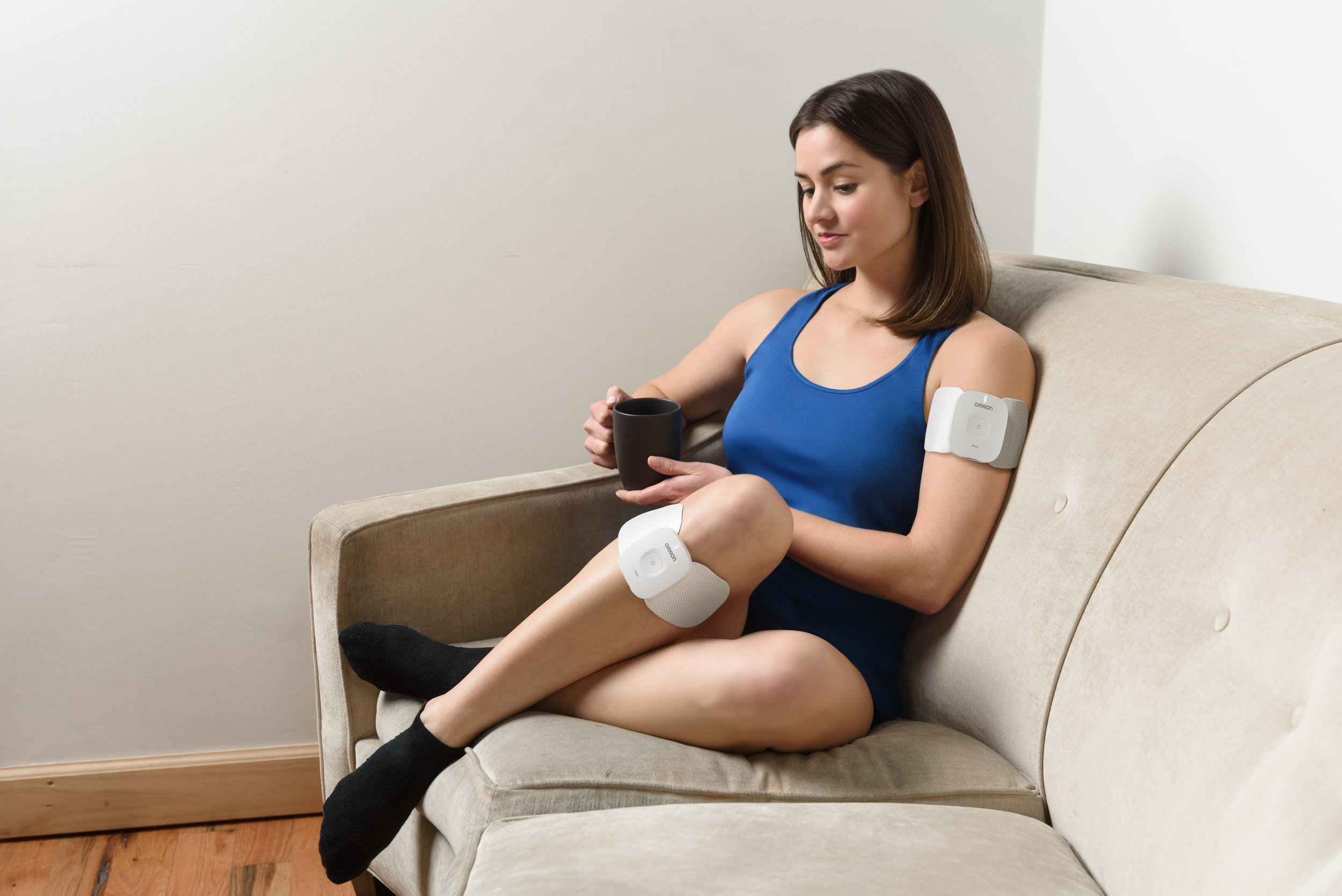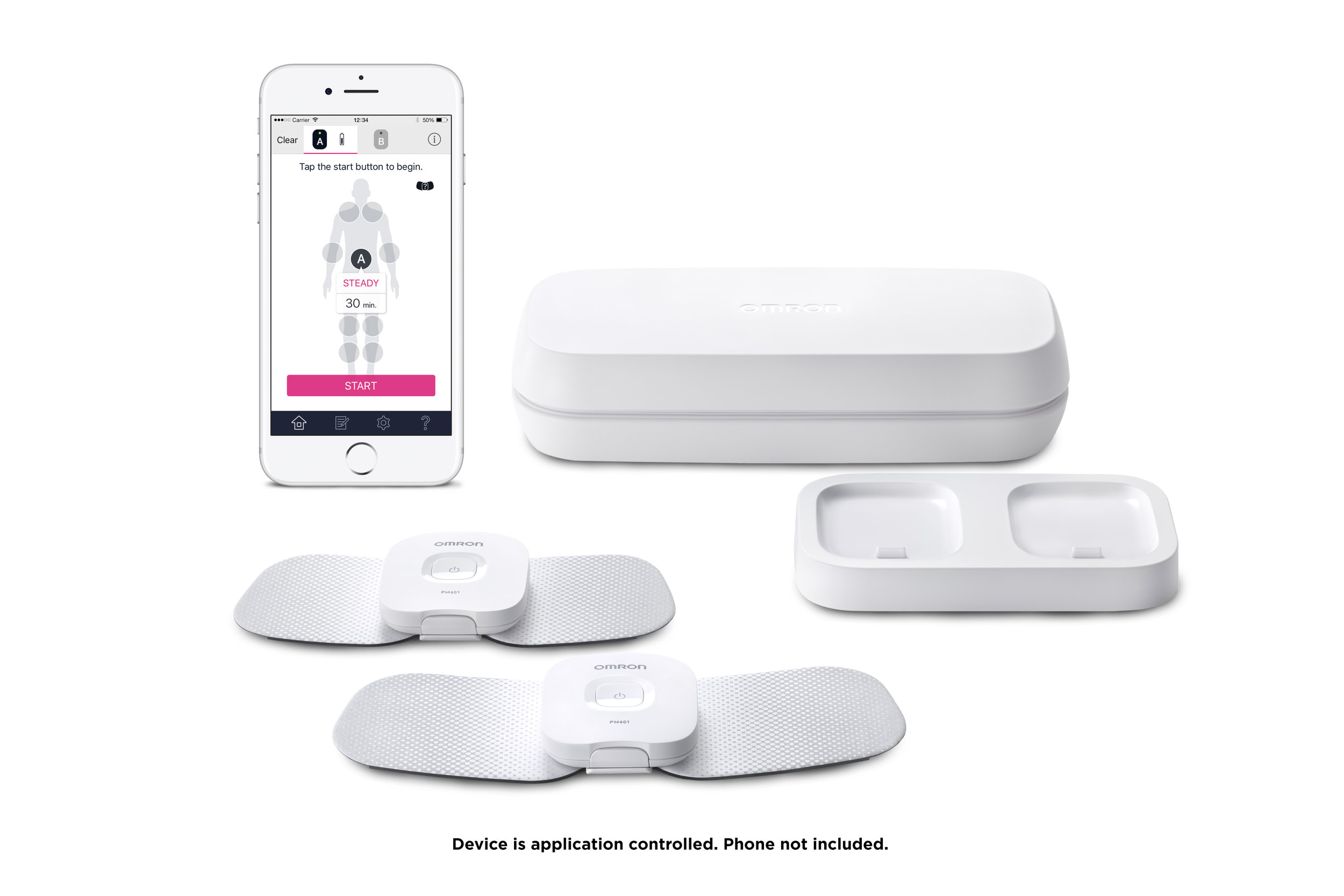Can Aching Joints Predict the Weather?
/By Michelle Spear
For centuries, people have claimed that their aching joints can predict changes in the weather, often reporting increased discomfort before rain or cold fronts. Given the scale and duration, there is a sense of legitimacy to these anecdotes – but this phenomenon remains scientifically contentious.
From shifts in barometric pressure to temperature fluctuations, many theories attempt to explain how environmental factors might influence joint pain. But is there an anatomical basis for this claim, or is it simply an enduring weather-related myth? Are our joints any more reliable than the Met Office?
At the heart of this debate lies barometric pressure, also known as atmospheric pressure – the force exerted by air molecules in the Earth’s atmosphere. While invisible, air has mass, and the “weight” pressing down on us fluctuates with altitude and weather systems.
Higher barometric pressure often signals fair-weather conditions with clear skies and calm winds, whereas lower pressure typically precedes unsettled weather, such as cloudy skies, precipitation and humidity.
Moveable joints are intricate structures cushioned by synovial fluid, the viscous liquid that lubricates joints, and encased in capsules rich in nerve endings. In healthy joints, these components should allow smooth, pain-free movement. However, when joints are compromised by cartilage damage (as in osteoarthritis) or inflammation (as in rheumatoid arthritis), even subtle changes in the environment may be acutely felt.
One leading hypothesis suggests that changes in barometric pressure may directly influence joint discomfort. When atmospheric pressure drops ahead of storms, it can allow inflamed tissues within joints to expand slightly, increasing stress on surrounding nerves and amplifying pain. Conversely, rapid increases in pressure, characteristic of fair-weather systems, may compress already sensitive tissues, leading to discomfort in some people.
Scientific studies offer some support for these claims, though results remain mixed. For instance, a 2007 study published in the American Journal of Medicine found a slight but significant correlation between dropping barometric pressure and increased knee pain in osteoarthritis patients. However, this pattern is not universally observed across all joint conditions.
A 2011 systematic review in Arthritis Research & Therapy examined the relationship between weather and pain in rheumatoid arthritis patients. It revealed highly variable responses: while some people reported increased pain under low-pressure conditions, others noted no change. A few even experienced discomfort during high-pressure fronts.
More recently, a 2019 citizen-science project called Cloudy with a chance of pain used app-based pain tracking to explore this connection. The study found a modest association between falling pressure and heightened joint pain, but it also highlighted substantial individual differences in how people perceive weather-related pain.
These findings suggest that while changes in barometric pressure may influence joint pain for some, responses are far from uniform and depend on a complex interplay of factors, including the individual’s underlying joint condition and overall pain sensitivity.
Why Responses Differ
Barometric pressure rarely acts in isolation. Fluctuations in temperature and humidity often accompany pressure changes, complicating the picture.
Cold weather can have a pronounced effect on joints, particularly in people with existing joint conditions. Low temperatures cause muscles to contract and become stiffer, which can lead to reduced flexibility and a greater risk of strain or discomfort.
Ligaments, which connect bones to one another, and tendons, which anchor muscles to bones, may also lose some of their elasticity in colder conditions. This decreased pliability can make joint movement feel more restricted and exacerbate pain in conditions like arthritis.
Cold weather can also cause blood vessels to narrow — particularly in the extremities, as the body prioritises maintaining core temperature. This reduced blood flow can deprive affected areas of essential oxygen and nutrients, slowing the removal of metabolic waste products like lactic acid, which may accumulate in tissues and exacerbate inflammation and discomfort.
For people with inflammatory conditions, the reduced circulation can aggravate swelling and stiffness, especially in small joints like those in the fingers and toes.
Cold also slows the activity of synovial fluid. In lower temperatures, the fluid becomes less effective at reducing friction, which can heighten joint stiffness and make motion more painful, particularly for people with degenerative conditions such as osteoarthritis.
Sudden temperature changes may also play a role. Rapid shifts can challenge the body’s ability to adapt, which might worsen pain in people with chronic conditions. Similarly, high humidity can intensify sensations of heat or dampness in already inflamed areas, further complicating the experience of pain.
However, isolating a single variable – whether humidity, temperature or pressure –proves difficult because of the interplay of overlapping factors.
Responses to weather also depend on individual factors, including the extent of joint damage, overall pain sensitivity and psychological expectations. This variability makes it difficult to link a single meteorological factor to a biological response.
Still, the evidence suggests that people with joint conditions tend to be more attuned to environmental changes, particularly pressure fluctuations.
While the relationship between weather and joint pain remains an imperfect science, the collective evidence indicates that there may be some truth to the age-old belief. For those with chronic joint conditions, shifts in barometric pressure and accompanying weather changes might indeed serve as nature’s warning system – albeit one that’s far from foolproof.
Michelle Spear, PhD, is a Professor of Anatomy at the University of Bristol in the UK.
This article originally appeared in The Conversation and is republished with permission.



















